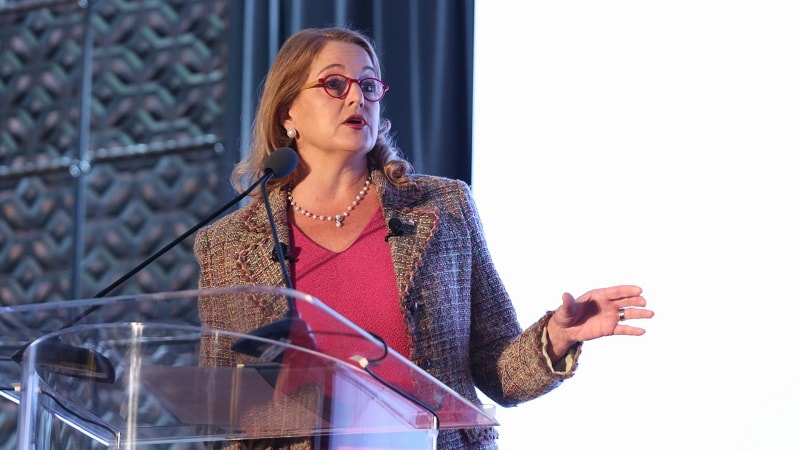
The Technology Modernization Fund (TMF) received praise from top Federal CIOs at ATARC’s TMF event on Nov. 20 but for agencies looking to score a grant, board members recommended proposing projects with government-wide significance.
Director of the General Services Administration’s (GSA) Technology Transformation Services (TTS) Anil Cheriyan said that the TMF has already received $1.1 million in paybacks from program grantees.
“We’ve also had agencies who returned money. I don’t know how often that’s happened in the Federal government,” Suzette Kent, Office of Management and Budget (OMB) CIO and chair of the TMF board, added in her keynote. According to Kent, the TMF board has received more than 50 project proposals from agencies. The program has funded nine projects, but Kent said that the amount of proposals shows that the demand for TMF is out there.
OMB Deputy CIO Margie Graves asserted that even failed proposals benefit agency modernization efforts. “Adopting this methodology and approach is already showing huge paybacks for not only those that have won TMF money but also for those who are having the appropriate conversations with their CIOs about how they might modernize,” the deputy CIO said.
TMF projects awarded thus far range from the Department of Agriculture’s (USDA) development of farmers.gov portal to the Department of Energy’s (DOE) transition to enterprise cloud email. As TMF board members pointed out, however, each grant has scalability across the Federal government in common. Even programs that seem niche rely on modernization tactics that other agencies can learn from.
Kent and Graves both said that the TMF board heavily weighs a project’s repeatability across agencies in the application process. “The types of projects that the board has selected and continue to work with and focus on are things that matter across the entire federal government,” Kent said.
An example of a proposal that touches multiple agencies, Small Business Administration (SBA) CIO Maria Roat provided, is one that deals with data modernization. Data touches multiple agencies and the lessons learned from data sharing or management projects can be used across the government, she explained.
When submitting proposals, agencies should also consider how advanced its technical approach is, if the right team is in place to execute the proposal, gaining support from the highest level of the agency, and financial capability to repay TMF, Graves said.
The deputy CIO also said that “return on mission and return of service to the citizen” is another consideration when evaluating TMF proposals. She said that agencies should always be operating toward a customer satisfaction goal and her team is currently in conversations to change the measures within the Federal Information Technology Acquisition Reform Act (FITARA) scorecard to reflect those concepts.
Recently, Congress and TMF leaders came to a stalemate when the Senate offered no money to support TMF efforts in the Fiscal Year 2020 budget. Kent called on members of Congress to reverse the decision.
“It’s my sincere hope that the vision of those in Congress who have been vocal and steadfast supporters of modernization in government … will be supported by their peers who will approve the funding,” she said.
“The real staying power is in the working capital fund. That is the thing that is going to last … [and] help us create a more modern and nimble government going forward,” Kent continued. “It supports activities that cross multiple years and it helps us be responsive to citizens.”
